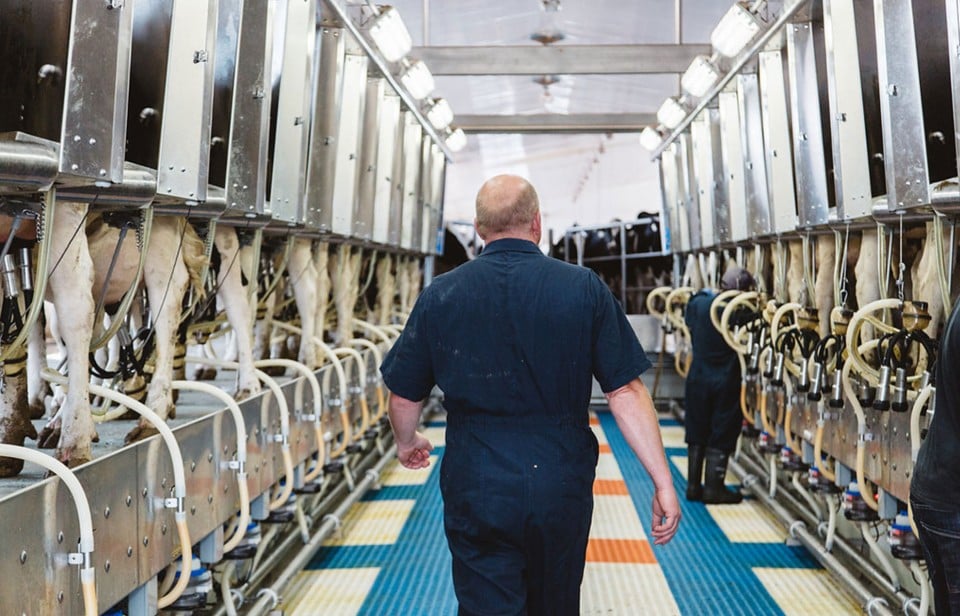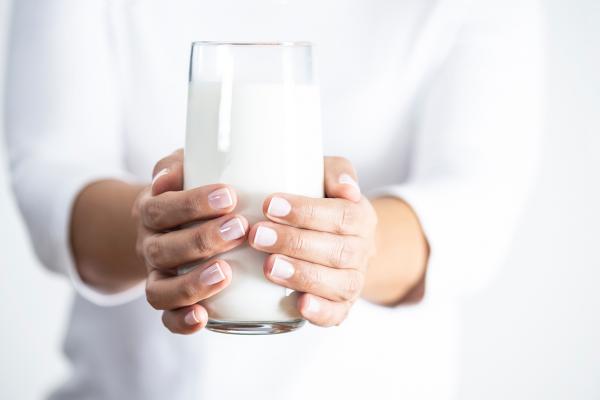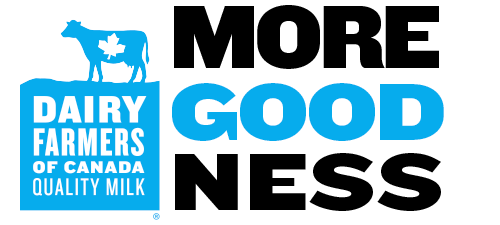Our Country. Our Milk.
Did you know that supply management is a Canadian success story? The concept was proposed here in the 1960s following a period of market volatility as a way to ensure a fair return for farmers and to meet domestic demand and officially established in the 1970s. Dairy, egg and poultry farmers operate under supply management to this day.
Supply management also creates many jobs on and off the farm – including veterinarians, animal nutrition experts, feed and equipment suppliers, truck drivers, inspectors, processors, retailers and administrators – just to name a few! In fact, Canada’s supply-managed sectors support nearly 431,000 full-time jobs and contribute $45.1 billion to Canada’s GDP. Of those numbers, dairy sustains 270,000 jobs and accounts for $28 billion in GDP.
To better understand supply management, it helps to break it down into three important pillars:
The right amount of food is produced to meet Canadian needs
At its core, supply management is about teamwork because farmers work together, agreeing to terms and conditions that provide a stable and predictable supply of high-quality milk. This helps consumers trust that the food they love will be available when they want it. An efficient and balanced supply to meet demand creates a resilient industry – something that is a win for consumers and farmers alike.

Supply management offers a fair return for farmers
Farmers collaborate to sell processors the milk, poultry and eggs they produce at a price that includes consideration for their average costs of production. This creates a fair return for farmers, but it also helps stabilize prices for consumers. Our system is designed to provide stable farm income without reliance on production subsidies. In contrast, countries like the United States, facing volatile dairy prices, must provide significant government support, effectively making Americans pay twice for their dairy: once through their taxes and again at the grocery store.
Foreign imports of dairy are limited to ensure Canadians have access to homegrown food
While a predictable amount of imports are allowed into Canada tariff-free under trade agreements, limiting foreign access to our market helps ensure we can rely on Canadian farmers to meet our needs. That’s especially important in times of trade tensions and external pressures like supply chain disruptions, natural disasters or disease. Canadian dairy farmers are here to serve Canadians first.

Canadian dairy, eggs and poultry farmers meet some of the world’s most stringent standards. What’s more, the peace of mind that comes from supply management allows farmers to invest in forward-thinking practices and facilities to produce some of the best food on the planet, right here at home.
While it can seem complex at first, when you think about it, what supply management means for Canadians is quite simple: supply management makes sure farmers can feed fellow Canadians and feed their families, too.
Learn more about supply management here. Have questions about the dairy industry in Canada? Visit Ask Dairy Experts.








